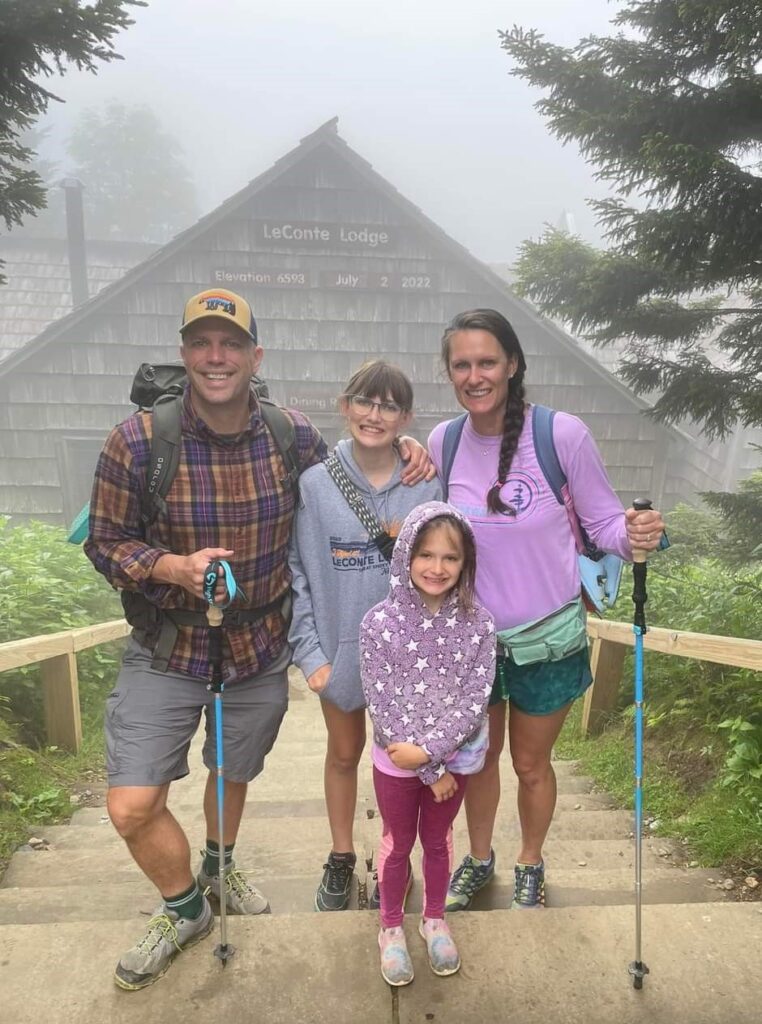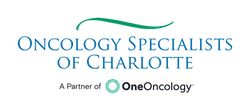April is Testicular Cancer Awareness Month. A cancer survivor shares his personal story of being diagnosed with testicular cancer.
"I was worried I wouldn't be able to father children."
Stephen was 27 years old when he received a testicular cancer diagnosis. It started with pain in the groin. A pain he described as sharp and uncomfortable as if someone kicked him in the groin. The turning point in his groin pain was when he met his girlfriend Julie at a bar one evening. While sitting on the bar stool, he experienced horrible pain and had to leave. He later discovered a lump on his right testicle. A few days later, he was helping his dad clean the garage and mentioned this pain and lump, to which his dad exclaimed to get it checked out!
Stephen went to his primary care doctor in SouthPark, Dr. Schaffer, at his father's urging. During the visit, Stephen felt calm, and his doctor assured him they would get the answer to the painful 'intruder.' Bloodwork showed a protein spike which is not normal. He then had an ultrasound. He remembers joking with the imaging tech feeling like this was just a routine ultrasound that many people have. However, the tech said that doctor will need to talk to you and will be in touch soon. Stephen assumed he'd be hearing from his doctor in a day or two, but his phone rang as he walked out of the imaging building. It was Dr. Schaffer who informed him that it looked like testicular cancer. Stephen recalls how the days afterward were a blur. Following this phone call revelation, that day was a big celebration party with which Julie, his then girlfriend, was heavily involved in throwing. It was May 20, a historically celebrated day in Charlotte, the Mecklenburg Declaration of Independence. For trivia buffs, it was the day in 1775 that Charlotte, the first of the American governing bodies, declared independence from Great Britain. He wanted to support Julie and went to the event in a 'deer-in-the-headlight' kind of trance.
Within a week, Stephen started his battle with removing that offensive right testicle, followed by another surgery, a lymph node dissection. The lymph node surgery was horrible, worse than the removal of the testicle. He had a massive scar on his abdomen, and the pain was horrific. He was in the ICU for 6 days. During this procedure, it was discovered that it had spread to the fourth level of the nodules. He needed chemotherapy to combat cancer's spread.

His urologist referred him to Dr. James Boyd at Oncology Specialists of Charlotte, where he started chemotherapy. His care plan was to receive 4 rounds of chemotherapy, but on round 3, he had side effects affecting his lungs. He ended up in the ER and met Dr. Favaro, who joined Dr. Boyd in his continued cancer care. Under his care and after many cocktails of pills, blood testing, and scans, he was cancer free!
Stephen was young, 27, and had been dating his girlfriend Julie for a year when he was diagnosed. Julie was with him throughout the cancer journey. Stephen knew that someday he would want to be a father, but having cancer in the reproductive organs scared him. It was recommended that he do sperm preservation, called cryopreservation, where they store one's sperm in freezer storage. Stephen did this before his cancer treatments.
Stephen and Julie married a few years later and wanted to start a family. Dr. Boyd had mentioned that he could be permanently sterile throughout his life, but he was hopeful that this would not be the case. Dr. Boyd said it could be at least a year before conceiving. But how lucky they were...it was only 6 months, and they received the most joyous news. Julie was expecting their first child! They later had a second as well. Two beautiful daughters, Emma & Lily, completed the family they dreamed of.
"I got very lucky with Julie," proclaimed Stephen. He said she was remarkable throughout his cancer journey. She was his rock and support. Stephen thanks his oncologists at OSC for going above and beyond every step of the way and helping him reach his most important goal, to be called Dad. He also reflects on how going to OSC really changed his perspective on independent medical practices, as they far exceeded his expectations. He said they treat you like family at OSC, in a personalized setting with the same clinical team each visit. The staff know you by name and are pleased to see you come in. This was different than the larger hospital clinics where you feel like a statistic in their database.
Stephen ends by reminding young men to get their health screenings. There are testicular self-exams you can do at home. OSC has a brochure with the 4 steps to take for a testicular self-exam!
Testicular Cancer Facts: this cancer is most prevalent in noticeably young men aged 20-34. It is highly curable if addressed at the first signs of testicular pain and/or a lump is found. The curable rate is 95%, but if left untreated, it can snowball and spread to other areas in the body. To learn more about testicular cancer, click here.
published: April 12, 2023, 7:44 p.m.
